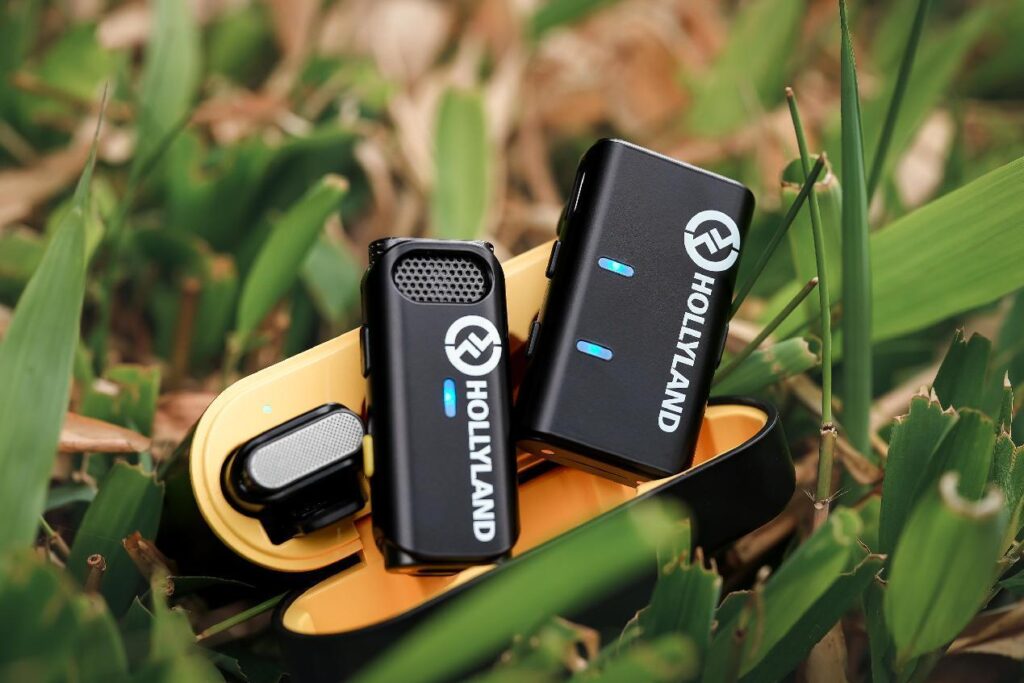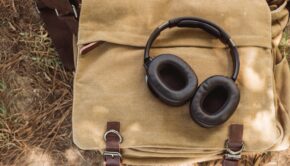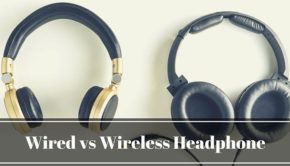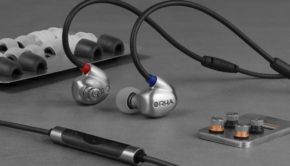Noise Cancellation in Wireless Microphones
Wireless microphones are great for capturing high-quality audio in noisy environments, but sometimes noise issues are inevitable. In this article, we’ll cover some ways to reduce the noise level in wireless microphones and get the best possible audio recording.
What Is Noise Cancellation?
Noise cancellation is a technology that reduces unwanted background noise so that you can hear what you want more clearly. It was invented by Dr. Amar Bose in 1964 as part of his research into improving audio quality for pilots and military pilots. His company now makes noise canceling headphones for people who travel frequently or work in noisy environments like factories and construction sites.
How Does Noise Cancelling Work?
Noise-canceling technology works by using microphones on each earpiece of the headphones to monitor the ambient sounds around you, which are then processed through an internal computer system called an inertial microprocessor (IMU). The IMU analyzes the frequency patterns in those sounds, compares them to similar patterns from previous recordings, and then generates an inverse waveform that cancels out any frequencies in common between them (i.e., frequencies that are identical). The result is that only frequencies unique to your environment are allowed to pass through the headphones, delivering a quieter and more pleasant listening experience.
The technology is built into both earpieces of noise-canceling headphones, which means that as long as one of them remains on your head, the effect will continue.
Different Types of Noise Cancellation

Noise-canceling technology can come in many shapes and forms. The most common type of noise cancellation technology is the active noise reduction system, which works by playing a sound that has the exact opposite frequency to the unwanted noise. This essentially cancels out the unwanted sound, leaving you with crystal-clear listening.
There are also passive noise cancelers that use physical barriers to block out ambient noise. These work well in situations where there’s not much background noise but they don’t always provide a 100% solution. If you’re looking for an active solution to get rid of background noises during your video calls or conference calls, then you should invest in a wireless lav mic with noise cancellation capabilities.
The wireless lav is a microphone that clips onto your shirt collar using a small clip that attaches directly to your clothing. It picks up sound from your mouth and sends it wirelessly to another receiver device such as a headset or computer speaker system. This means that when you’re speaking into the microphone, there won’t be any annoying feedback or humming sounds coming from other parts of the room, such as air conditioning systems or computer fans running at full power while they are in use!
How to Choose the Right Noise-Cancelling Microphone?

Noise-canceling microphones are designed to reduce noise in the recording environment. They do this by using a directional microphone element that records sound only from one direction. This means that if there is a lot of background noise, it will be reduced or eliminated in the recording.
Noise-canceling microphones are more expensive than regular ones and are not suitable for all applications. They are most commonly used in television and film production where they can be very useful in eliminating unwanted noises from an environment.
The first thing that you need to look into is whether or not the wireless lavalier microphone has been designed with noise cancellation technology. This is important because it will ensure that there is no interference with other sounds or noises coming from outside. It will make sure that you are able to get only what is being said by the speaker while recording them. It also makes it easier for you to edit the recording later on without having any problems with unwanted noises in your audio file.
When choosing a noise-canceling microphone, you have to take into account a few factors. You need to make sure that it is compatible with your camera or audio recorder and that it will pick up audio clearly. You also need to consider how the microphone works so that you can decide which type of noise-canceling technology will work best for your needs.
The best way to choose the right noise-canceling microphone is to think about what you will be using it for and where you are going to use it. This way, you know exactly what features to look for and what kind of performance you should expect from each model.
Conclusion

For the most part, noise-canceling microphones are very similar to regular microphones. They collect sound, but this sound is “unwanted” and no longer needs to be there. Therefore, it deserves to be removed from the scene. Although wireless microphones are evolutionary in nature (and therefore move away from a cable connection), make no mistake about their necessity for broadcast quality sound.
Hollyland Lark M1 is a high-quality wireless microphone with noise cancellation. It is specially designed for singers and speakers, it can be used as a professional microphone for live performances, music recordings or podcasting.
Lark M1 has an excellent performance for voice communication, which can provide users with clear and smooth sound. The noise cancellation function will guarantee the sound quality during long-distance communication. The interference from the environment will not affect its performance.
In addition, Lark M1 also has a built-in battery which can last up to 16 hours without charging after fully charged.
Cover Image by Freepik
















